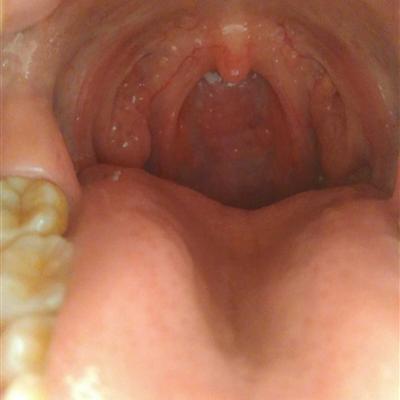Treatment technology of hysteromyoma
summary
Any new technology should not be abused. No treatment method can cure all kinds of tumors. The "knife" for treating all kinds of tumors has specific indications. Patients should not delay their illness by seeking new treatments. Let's see what experts say.
Treatment technology of hysteromyoma
First: at present, the clinical implementation of total hysterectomy is suitable for patients with large myoma, obvious symptoms, ineffective drug treatment, no need to retain reproductive function or suspected malignant transformation. The advantage is that the myoma will not recur after hysterectomy, but the patient will lose fertility, causing physical and psychological trauma to the human body.

Second: the ultrasonic focusing knife is not a "knife", but a "wave". It is used to be called a "knife" because of its tumor cutting effect. As a non-invasive treatment, focused ultrasound scalpel uses ultrasound emitted from outside to focus in vivo, and the focus is accurately located to the lesion position. Through heat energy conversion, the tumor tissue in the focus area shrinks and necrosis point by point, line by line, face by face and layer by layer in the process of thermal coagulation. Finally, it is naturally absorbed by the body or metabolized out of the body, so as to achieve the purpose of cure.

Third: the whole operation is controlled by computer, which can destroy the normal tissues around the fibroids without damaging the epidermis, dermis, muscle layer, uterus and other soft tissues. It is suitable for fibroids that can be displayed by ultrasound, such as intramural fibroids, subserosal fibroids and submucosal fibroids.

matters needing attention
But experts warned that the lower abdomen had been treated with high-dose radiotherapy, the skin condition was poor, or gynecological examination and imaging examination suspected pelvic tissue and organ adhesion, uterine fibroids or enlarged uterus pressing rectum in prone position, as well as 3 cases before treatment The patients who had received other local treatment, such as percutaneous radiofrequency, microwave or cryotherapy, or percutaneous arterial embolization, were not suitable for the treatment of new technologies such as focused ultrasound knife.













